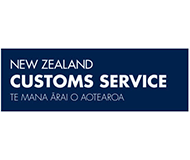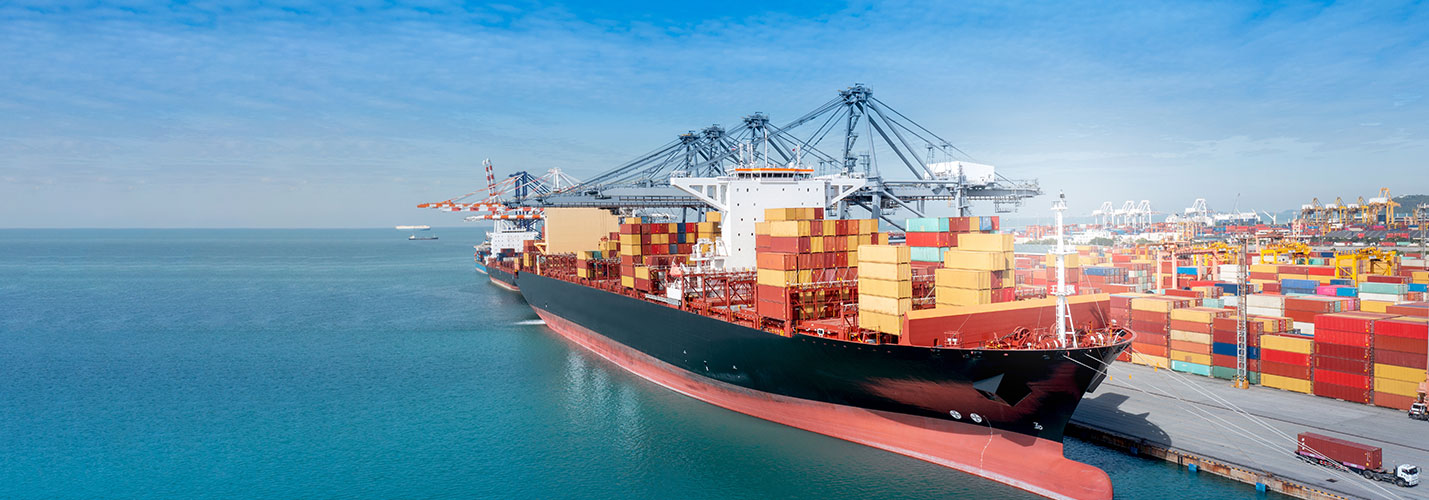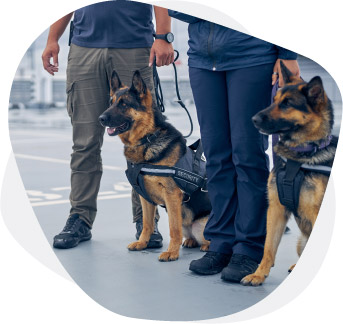NZ Customs
Home » Resources » Case Studies » NZ Customs

Business objective
New Zealand Customs Service needed to streamline its management of documentation to and from its trading partners.
Business benefits
- Gateway operated by a commercially responsive specialist service
- Fully supported services (24X7)
- Flexible range of interface options for users, including a fully functional web client application.
B2BE solutions
Customs e-nabling New Zealand’s international trade
In 2006/07, the New Zealand Customs Service predicts it will process more than 47 million import transactions and up to 33 million export transactions. All of these transactions will be processed and risk assessed under the watchful eyes of Customs’ officers.
For exporters and importers, working with Customs is compulsory. And fortunately, it’s also easy, thanks to Customs’ world-leading integrated messaging system.
Customs group manager for information services, Peter Rosewarne, says that the introduction of electronic transactions over 12 years ago was revolutionary then, and still is today.
“We’re envied by many countries around the world for what we’ve got,” says Rosewarne. “It works 24/7, and people are able to transact with Customs at any time of the day.”
The path to the future began in 1996, when Customs introduced CusMod (short for customs modernisation programme), which automated and streamlined much of the communication between Customs, exporters and importers.
Three years later, Customs’ IT department recommended a fully supported service for electronic customs declarations and reporting that would increase efficiency and enhance levels of customer service.
Customs put the contract out to tender and had three applicants. They chose B2BE (then called The ECN Group in New Zealand) for its innovative approach, experience in business messaging and its ability to provide a fully supported end–to-end solution.

The B2BE gateway operates on Customs’ behalf, bridging the gap between CusMod and the communications sent by customs brokers, freight forwarders, shipping companies, airlines, transport operators, importers and exporters.
The gateway has three components: Customs Community Electronic Data Interchange (EDI) messaging, Customs Community Online Messaging (CusWeb) and the Air Cargo Customs Interface Service (ACCIS).
The Customs Community EDI Messaging service is an integration tool that enables EDI-style messaging across the Internet with Customs’ trading partners. Typical information exchanged over the network includes customs declarations and responses between diverse applications. In effect, B2BE ensures that, regardless of the software used by the customs broker, freight forwarder, shipping company, importer or exporter, the information fits into Customs’ format.
CusWeb® allows the Customs community to create, submit and amend Customs entries through a managed online service accessed through a desktop browser. This has proved ideal for smaller organisations that don’t wish to invest in an integrated solution, or that have irregular importing and exporting patterns.
ACCIS allows airlines and ground handlers to report inbound and outbound air cargo manifest information to Customs easily and accurately. The OCR software provided by B2BE, once the PDF order has been received e-mail, performs several functions to facilitate the extraction of the purchase order data from any type of document and from any source, as well as identifying and sorting purchase orders using machine learning. This way, the solutions can detect whether an incoming document is a purchase order, a request for a quote, an invoice, or any other type of document that will require specific processing.


As well as making the process more efficient, the gateway has also greatly reduced the cost for exporters and importers. A recent development is the ability for importers and exporters to complete MAF (now called MPI) documentation using the same gateway system. “That was seen by industry as a significant advancement in terms of being able to deal with government through a simple, single conduit,” says Rosewarne.
“ B2BE really offered a service that was a world leader,” says Rosewarne. “It helped to drive down the costs per transaction, from several dollars down to 40 cents or less, and on top of that, adding value in terms of allowing organisations to easily connect with us.”
Since its installation in the late 90s, the Customs gateway has evolved to keep pace with growing developments. After 9/11, security features were added which made the process of checking items leaving or entering the country more rigorous.
“ We’re envied by many countries around the world for what we’ve got, ” “ It works 24/7, and people are able to transact with Customs at any time of the day. ”
Peter Rosewarne, Customs Group Manager for Information Services.
“Previously when something was exported, you could send your message to Customs after the item was loaded on the vessel, or even after the vessel has left the country,” says Rosewarne. “After September 11th, we had to improve the security and assurance of the supply chain, so we brought in new regulations saying you can’t load an item onto a vessel without Customs approval.”
Checking every single item against any alerts for particular items became an automated process using the gateway, ensuring speed and efficiency without compromising security.
The gateway has also evolved to provide direct communication between Customs and a wide range of stakeholders. “When we first turned on the CusMod system, messages were only just to and from exporters and importers through B2BE,” says Rosewarne. “Now we communicate to port companies, MAF and other parts of the supply chain where the messages need to go.”
The B2BE TDN gateway provides a simple interface for the vast majority of exporters and importers that operate as small businesses. As part of its value-added service, B2BE provides 24-hour technical support to troubleshoot customer connectivity issues and message tracking, and assist users in setting up their connection with Customs. “We’re not resourced up to provide our own helpdesk,” says Rosewarne, “so it’s fantastic that B2BE provide this facility. B2BE don’t charge Customs to provide the facility either, so it’s cost neutral for us.”
As New Zealand’s importing and exporting supply chains becoming familiar with electronic document exchange through the Customs B2BE network it provides them with the familiarity to extend B2B e-commerce to other business-to-business documentation such as POs, ASNs and invoices. In this regard, Customs is also fulfilling an important leadership role which will assist New Zealand to keep up with the e-business capability of international trading partners in the years to come.
